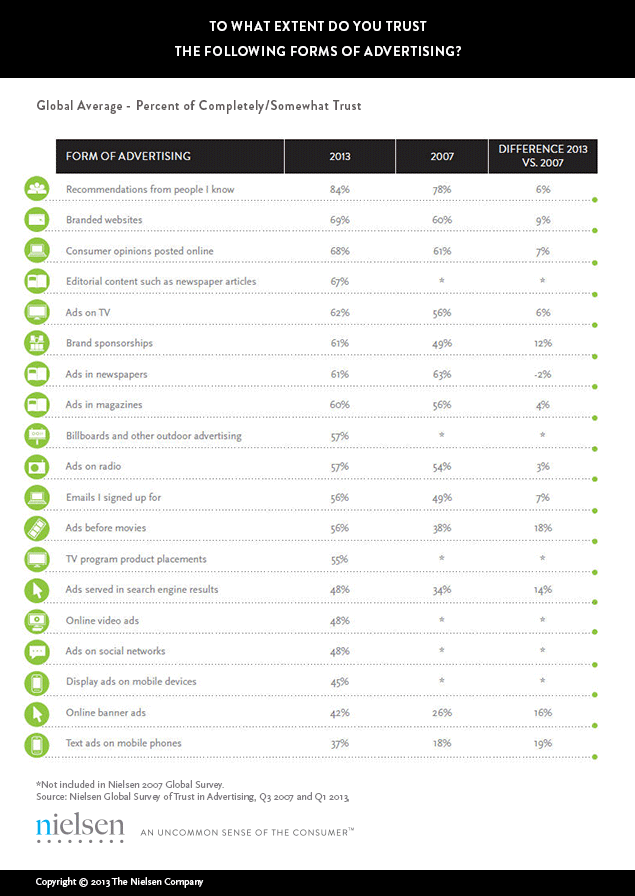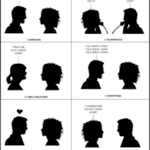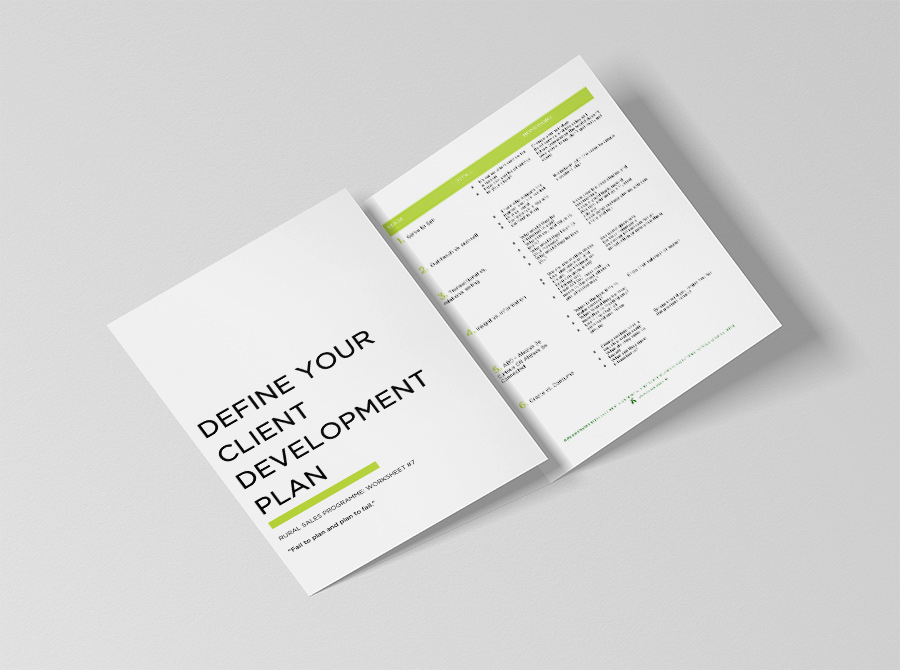Why Truth Telling Beats Story Telling Every Time
Humans are hard wired to seek the truth. We seek it out because we need to understand things in our environment as friend or foe so we can survive. It goes back to cave man times and helps us make sense of the world around us.
The battle for truth is out there: fake news, fact checking, plastics, synthetics, fake Facebook friends and the like. There’s a lot of crap to filter to get to the truth.
In court we vow to tell the truth, the whole truth and nothing but the truth so help me God. The Hippocratic oath in essence means “do no harm”.
Perhaps marketers and their agencies could take that same oath. Any marketing practitioner that offers a purely visual solution for your brand should be sent packing. They are doing you great harm and a great disservice.
“We just need to tell our story better”
Stories are great assets in marketing and brand communications but the mechanism of story telling is fatigued and at worst exploited which erodes trust. Story telling has become the default for companies ills. “We just need to tell our story better” is the catch cry and in part it has some truth. However telling your story isn’t the pain pill to make all your issues go away because it’s never that simple. And it’s never one thing.
If you’re going to tell your story well, you need a find a truth that sits behind it so people trust what you are saying. Maybe that truth can be attached to something that’s happened in your team or workplace so they can see it’s real and not fabricated by management. Maybe it’s something a customer has provided as feedback that strikes a chord.
I believe the best stories are those that are based on truth.
The movies and books I remember most are based real life events and people eg JFK, The Live of David Gale, Senna, Bravo Two Zero, Apollo 13, Seabiscuit, Endurance (Earnest Shackleton), The Big Short, Moneyball etc. They are more believable and credible to me because they are based on truth.
That’s not to say creative doesn’t have its place but being creative about the truth makes it less convincing. It makes it sound like an oxymoron too.
Being creative can mean you don’t have anything unique or different to offer so we’ll have something up instead. There are exceptions of course but more often that not consumers are deeply cynical. This means we need concrete proof and evidence to support our claims and promises or we just add to the noise and continue to get ignored in what is already an over-crowded and saturated market.
Story telling vs. truth seeking?
Customers are sick and tired of broken brand promises and marketing lies. That’s why they’ve become so adept at blocking marketing messages out.
They crave authenticity and genuine meaningful experiences but often get let down when it comes to product or service experiences. Thus is where marketing gets its bad name by indulging in the dark arts of fabrication and exaggeration. PR spins a story to protect a reputation when in fact it can do the complete opposite.
Read the latest Endelman Trust Barometer and see how businesses are trusted. Global research company Nielsen state that 90% of consumers trust peer recommendations but only 33% trust ads yet we have ad agencies still selling TV and print space with close to 70% of people ignoring it.
Because of a decline in trust in traditional marketing channels (TV, print, press, radio) we’ve seen influencer marketing increase. It’s word of mouth but also words of which mouths or what we call micro influencers.
Think back to a recent higher consideration purchase. Maybe it was a builder or a dentist. A car brand or a cleaner. Or it could have been a chainsaw or water blaster. 8 times out of 10 people go to their trusted network of friends and family first before they go anywhere else.
Nielsen tells us people are 4x more likely to make a purchase when referred by a friend and 78% of consumers trust recommendations from people they know vs. only 22% of consumers trusting brands.
The rush to digital can be misguided too: digital banners are only trusted by 26% of consumers (the annoying “page takeovers” have been scientifically proven to increase cortisol levels in people which hardly makes them conducive as a selling mechanism). Ads served in search engine results are only trusted by 34% of consumers and ads served on social media platforms are trusted by less than half of all consumers (48%).
When it comes to content only 15% of consumers trust content created and shared by companies. [Forrester]

Are you a lazy marketer or an effective marketer?
The easy bit has always been creating the visuals or look and feel. Lots of people can do this including “garage grads” with a Mac. The hard part is finding the key proposition that sits behind it as something sustainable that provides longevity.
This is what separate the great brands from the good. Sometimes that brand truth is buried deep within a business. Other times it can be found close to the surface. Wherever it sits, it requires careful extraction and a crafted translation.
When a property management company tells you they “will look after every blade of grass” we all know it’s a blatant lie. When we hear stock is in short supply so hurry now it’s often manipulated scarcity.
Consumer’s bullshit radars are switched firmly on. Yet companies still spend serious money peddling this stuff thinking we’ll fall for it.
Do it right and do it once
When we work with clients we’re often asked to help them better position themselves in the marketplace. It can be because of a change in management or ownership. It can be due to a historical issue or legacy. Or it can be because they are losing sales or because their brand, like property, has been poorly maintained and is in much need of repair.
The first step we take is to unearth a deep, fundamental truth that is truly unique to their business. This can often involve talking to staff, customers and stakeholders to ensure the internal company view aligns with the all important external one (you know the one that pays the bills). We often ask clients to provide us with a list of at risk or lapsed customers who provide the real gold too.
We do this because bias can be blinding.
We seen many companies opt for the lazy option and take the short cut to look and feel. Or they fall for their own hype and reflection. The problem with that is that it is a false economy.
They soon find they have to do it all again when the “getting the crayons out” exercise has done its dash because they realise there was nothing of substance holding it up. Their so-called brand promise is veneer at best. Tracing paper thin.
Creative victory or truth victory?
When I see advertising that does catch my eye I ask myself “which marketing manager signed that off?”. It’s what I call a creative victory. In the absence of a brand truth or product substantiation creative takes over and I mean in a bad way. And there are some shockers out there (we could name and shame but that would be unfair.
The problem with a creative victory is it’s a glaring sign someone has given up. They have stopped fighting to find a deep product truth that could actually mean something to customers that might nudge them into considering taking action or reaching out to make an enquiry. So it gets put in the too hard basket.
People revert to ticking boxes treating marketing more like compliance. And then when they finally wake up and realise they’ve come up short on results they blame the channel instead of themselves.
Truth is the key to trust
The reward for finding a brand truth is massive because you’ve created something new and unique just like great creative does. You’ve found something someone else hasn’t be able to produce. That truth might have come from a customer insight or the way a product is used (WD40, Hush Puppies) or from a new market or distribution channel.
Whatever route you took to get there, truth means trust. If a brand isn’t being truthful we can’t trust it which means we won’t buy it. The two come as a set.
When we find truth we create trust.
A distorted truth
“We do not see the world as it is. We see the world as we are”
The truth for some of us can be scary and confronting. Sometimes we avoid the reflection in the mirror because those inconvenient truths can harm our ego and sense of identity. So instead we go for denial. We prefer to view the world through a lens that makes it easier for us to exist and live our lives though. People tell themselves stories that they like and seek out information that conforms to their views and beliefs.
Unfortunately, this creates a unreal and distorted environment which in time can lead to unhappiness, poor decisions and a cycle of piss poor results for people and businesses.
More science, less art
A brand should always be an asset meaning it needs continual investment vs. a quick paint job.
Dig deep, ask the hard questions, be curious and find out why people are or aren’t buying your product (tip: your lapsed and at risk customers will be the source of your richest insights, don’t be scared to reach out and ask. Nine times out of ten they will happily share their reasons with you if you ask nicely because on the whole people like to see others succeed by learning and improving from their mistakes).
Taking a scientific approach is the best way. Why? Use evidence to support your arguments and then use art and creativity to bring that fact to life in a compelling and engaging way.
The best advice: tell your truth
Personally and professionally. Don’t conform so you or your brand fits in. Safe is boring and boring is often ignored. Staying in the middle of the road is dangerous too because you’ll get run over by the top players or the bottom feeders. Middle of the pack is not a place you want to be. Just ask Tesco.
Be brave, be bold and stand out. The rewards are there for the taking.
Tell your truth and tell it well. That way people will know you’re the real deal and those that matter will respect you all the more.





